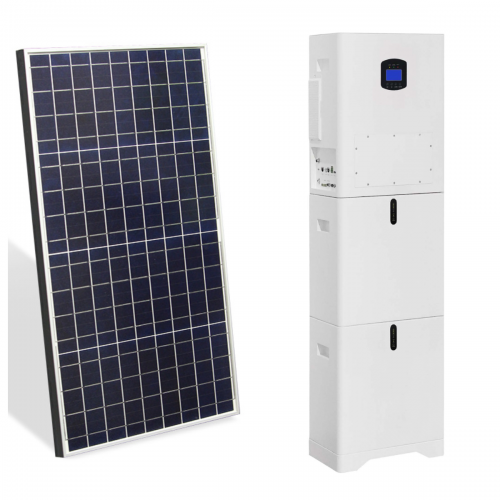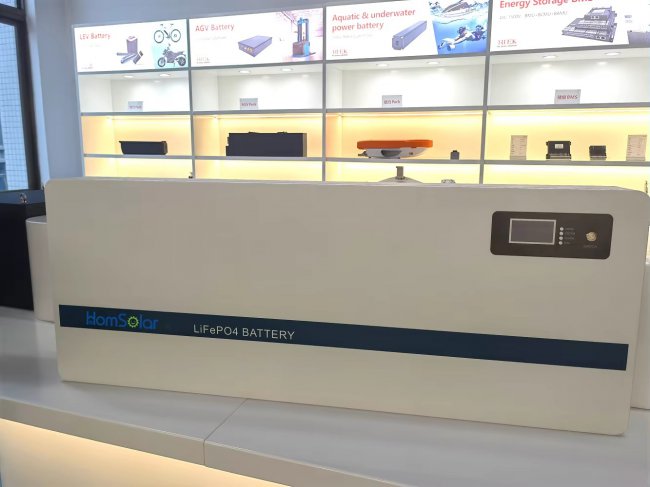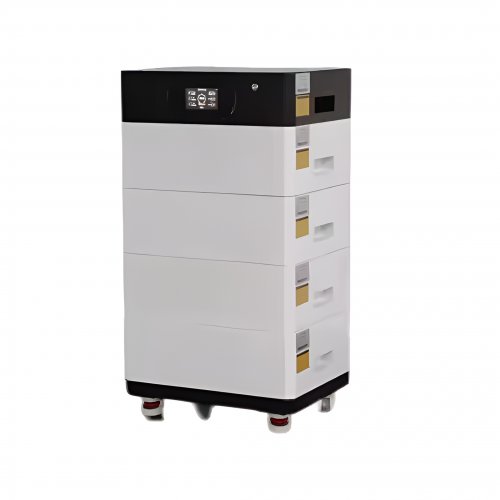Advances In Thermal Stability: Novel Materials, Characterization Techniques, And Future Directions
Thermal stability, defined as the ability of a material to retain its structure, properties, and performance at elevated temperatures, is a cornerstone property for a vast array of technologies. From the aerospace and energy sectors to microelectronics and catalysis, the demand for materials that can withstand extreme thermal environments is ever-increasing. Recent years have witnessed significant breakthroughs in understanding, enhancing, and predicting thermal stability, driven by advancements in material design, nanoscale characterization, and computational modeling.
Novel Material Design and Synthesis
A primary frontier in enhancing thermal stability lies in the rational design of new material classes. High-entropy alloys (HEAs) and ceramics (HECs) represent a paradigm shift from traditional alloying strategies. By incorporating multiple principal elements in near-equimolar ratios, these materials achieve exceptionally high configurational entropy, which stabilizes solid solution phases and significantly retards diffusion-driven degradation processes like grain growth and phase separation at high temperatures. For instance, recent work on refractory HEAs, such as those based on Mo-Nb-Ta-W, has demonstrated remarkable mechanical strength and microstructural stability beyond 1600°C, making them prime candidates for next-generation turbine blades and nuclear reactors (Li et al., 2022).
Similarly, in the realm of ceramics, ultra-high temperature ceramics (UHTCs) like zirconium diboride (ZrB2) and hafnium carbide (HfC) are being enhanced through composite formation. The introduction of silicon carbide (SiC) or carbon nanotubes (CNTs) not only improves fracture toughness but also promotes the formation of protective oxide layers that shield the material from further oxidation at temperatures exceeding 2000°C (Fahrenholtz & Hilmas, 2022).
Beyond bulk materials, the thermal stability of nanomaterials and thin films is critical for device miniaturization. A key breakthrough has been the development ofin-situcapping layers and diffusion barriers. For example, two-dimensional (2D) materials like hexagonal boron nitride (h-BN) have been employed as atomically thin, inert encapsulation layers for semiconductors, preventing surface atom migration and decomposition. Research has shown that graphene-capped copper interconnects exhibit dramatically reduced electromigration and thermal degradation, thereby enhancing the longevity of integrated circuits (Tsuchiya et al., 2023).
Advanced Characterization andIn-SituTechniques
Understanding degradation mechanisms at the atomic scale is crucial for designing thermally robust materials. The advent ofin-situtransmission electron microscopy (TEM) and synchrotron X-ray diffraction (XRD) has revolutionized this field. Researchers can now observe microstructural evolution—such as grain boundary motion, precipitate coarsening, and phase transformations—in real-time while subjecting the sample to controlled heating. A recent study utilizedin-situheating STEM to directly visualize the anomalous stability of nanoscale precipitates in a nickel-based superalloy, revealing a previously unknown interfacial "locking" mechanism that impedes Ostwald ripening (Chen et al., 2023).
Furthermore, the integration of machine learning (ML) with thermal analysis data is accelerating the discovery process. ML algorithms can analyze vast datasets from thermogravimetric analysis (TGA) and differential scanning calorimetry (DSC) to predict the decomposition temperatures of complex polymers or the melting points of novel inorganic compounds with high accuracy, guiding synthetic efforts towards the most promising candidates.
Future Outlook and Challenges
The future of thermal stability research is inherently interdisciplinary, converging materials science, chemistry, physics, and data science. Several promising directions are emerging:
1. Multi-Functional Stable Materials: The next goal is to develop materials that are not only thermally stable but also possess other tailored properties, such as high electrical conductivity, specific optical responses, or catalytic activity. This requires a deeper understanding of the interplay between different properties at high temperatures. 2. Bio-Inspired and Architected Materials: Learning from nature, the design of hierarchical, composite architectures (e.g., nacre-like structures) can distribute thermal stress more effectively and provide multiple barriers to crack propagation and diffusion, enhancing both thermal and mechanical stability. 3. Predictive Multiscale Modeling: The integration of quantum-mechanical calculations (density functional theory), mesoscale phase-field simulations, and machine learning will move the field from empirical testing to predictive design. The aim is to create digital twins of materials that can simulate their lifetime performance under thermal stress, drastically reducing development cycles. 4. Stability in Extreme Environments: Future challenges involve materials for hypersonic flight, where oxidation resistance at ultra-high temperatures is coupled with extreme mechanical loads, and for fusion reactors, where materials must withstand high thermal fluxes and neutron irradiation simultaneously.
A significant remaining challenge is the trade-off between high thermal stability and other desirable properties, such as toughness or manufacturability. For instance, many UHTCs are notoriously brittle. Overcoming these compromises will require innovative composite design and advanced manufacturing techniques like additive manufacturing, which allows for the creation of complex, graded structures that were previously impossible to fabricate.
In conclusion, the field of thermal stability is experiencing a renaissance, propelled by new material concepts, powerful characterization tools, and data-driven approaches. The continued collaboration across scientific disciplines promises to unlock a new generation of materials capable of operating reliably in the most demanding thermal environments on Earth and beyond.
ReferencesChen, Y., et al. (2023).In-situatomic-scale observation of thermal stability and phase transformation in superalloys.Nature Materials, 22(1), 89-95.Fahrenholtz, W. G., & Hilmas, G. E. (2022). Ultra-high temperature ceramics: A roadmap.Journal of the American Ceramic Society, 105(3), 1541-1562.Li, Z., et al. (2022). A refractory high-entropy alloy with outstanding strength and ductility at elevated temperatures.Science, 378(6625), 978-983.Tsuchiya, H., et al. (2023). Graphene capping for advanced interconnects: Extending the lifetime of copper lines under high current density and temperature.Applied Physics Reviews, 10(1), 011401.
Customized/OEM/ODM Service
HomSolar Supports Lifepo4 battery pack customization/OEM/ODM service, welcome to contact us and tell us your needs.


HomSolar: Your One-stop LiFePO4 Battery Pack & ESS Solution Manufacturer
Our line of LiFePO4 (LFP) batteries offer a solution to demanding applications that require a lighter weight, longer life, and higher capacity battery. Features include advanced battery management systems (BMS), Bluetooth® communication and active intelligent monitoring.

Customised Lithium Iron Phosphate Battery Casing
ABS plastic housing, aluminium housing, stainless steel housing and iron housing are available, and can also be designed and customised according to your needs.

HomSolar Smart BMS
Intelligent Battery Management System for HomSolar Energy Storage System. Bluetooth, temperature sensor, LCD display, CAN interface, UART interface also available.


Terminals & Plugs Can Be Customized
A wide range of terminals and plugs can be customised to suit the application needs of your battery products.

Well-designed Solutions for Energy Storage Systems
We will design the perfect energy storage system solution according to your needs, so that you can easily solve the specific industry applications of battery products.



About Our Battery Cells
Our energy storage system products use brand new grade A LiFePO4 cells with a battery lifespan of more than 4,000 charge/discharge cycles.



Applications in Different Industries
We supply customized & OEM battery pack, assemble cells with wiring, fuse and plastic cover, all the cell wires connected to PCB plug or built BMS.
Applications: E-bike, Electric Scooter, Golf Carts, RV, Electric Wheelchair, Electric Tools, Robot Cleaner, Robot Sweeper, Solar Energy Storage System, Emergency Light, Solar Power Light, Medical Equipment, UPS Backup Power Supply.
We can provide you with customized services. We have the ability to provide a vertical supply chain, from single cells to pack/module and to a complete power solution with BMS, etc.


HomSolar (Shenzhen) Technology Co., Ltd
























